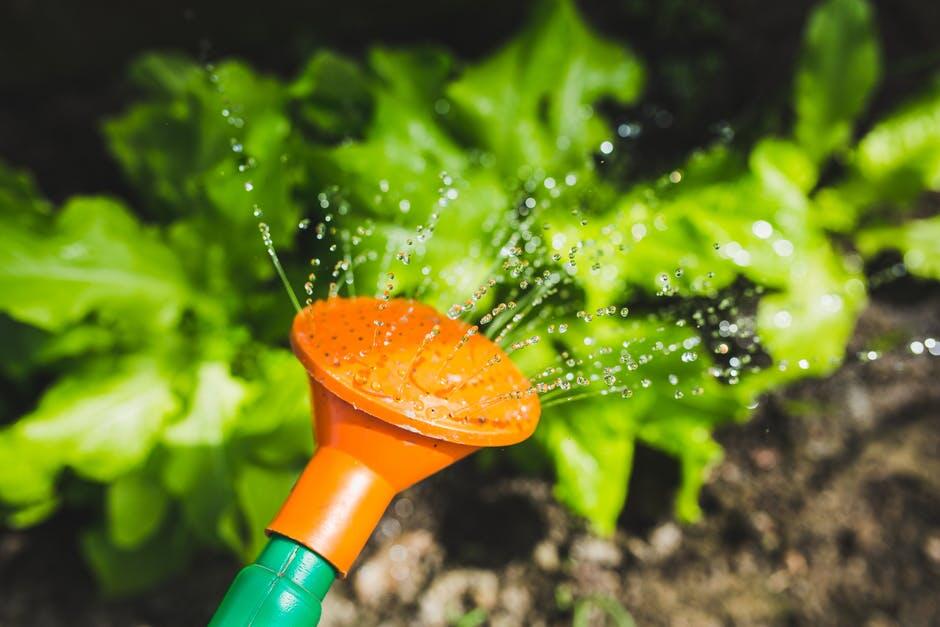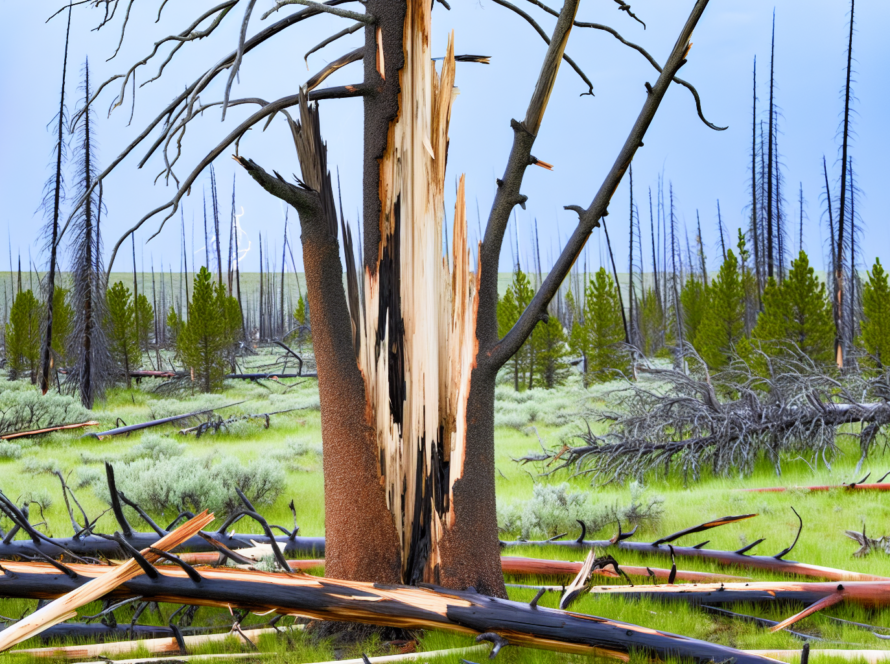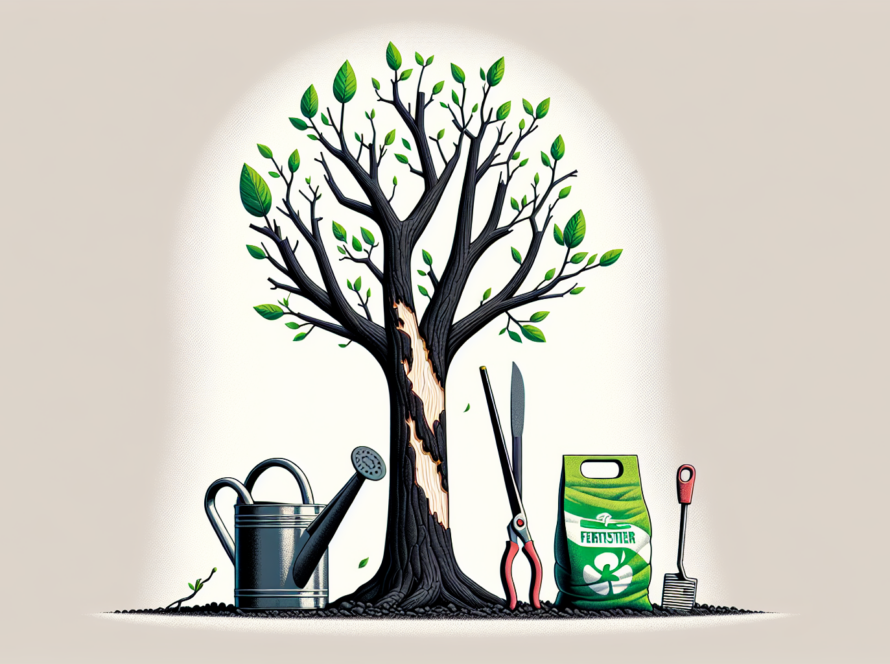As an avid gardener, one of the most important decisions we make is when to stop watering our newly planted trees. While it may seem like a simple task, getting this crucial step wrong can have disastrous effects on the health and growth of your trees. Watering too much or too little can lead to wilting, stunted growth, or even death of your beloved foliage.
So, how do you navigate this delicate balance? When to stop watering new trees? Fear not, for we have compiled the ultimate guide to help you determine when to stop watering your new trees. From understanding the needs of different tree species to identifying environmental factors that affect watering, we have you covered. So, put your garden gloves on and get ready to learn the tricks and tips necessary to ensure your trees thrive for years to come.
Say goodbye to guessing and hello to a lush and flourishing garden with our ultimate guide.
Recognizing the Signs: When to Stop Watering New Trees
Knowing when to stop watering your new trees is a critical skill that all tree owners should possess to ensure the health and longevity of their beloved greenery. As mentioned earlier, overwatering can have detrimental effects on trees, leading to root rot, nutrient deficiencies, and overall tree decline. Monitoring the signs that indicate when your trees have received sufficient water is vital in preventing these issues and fostering robust tree growth.

Signs of Overwatering
- Yellowing or wilting leaves are common indicators of overwatering in trees. When your tree’s leaves start to turn yellow or wilt, it may be a sign that the roots are struggling due to excess moisture in the soil. This can lead to a lack of oxygen uptake by the roots, hindering their ability to absorb nutrients effectively. By recognizing this symptom early on, you can adjust your watering schedule to prevent further damage to your tree.
- Inspecting the soil around your tree is crucial in determining the right watering regimen. Overly mushy or waterlogged soil is a clear indication of overwatering, as healthy soil should be moist but not saturated. Excess water in the soil can suffocate the roots, causing them to decay and making the tree more susceptible to diseases. Adjusting your watering practices based on the soil moisture level can help prevent these issues and promote healthier root development.
- If you notice reduced growth or stunted development in your tree despite regular watering, it may be time to reassess your watering routine. Healthy trees should exhibit vigorous growth and lush foliage, so any signs of stagnation or decline should be addressed promptly.
Maintaining Tree Health: Essential Tips for Watering Young Trees
Properly caring for young trees involves more than just knowing when to stop watering; it entails implementing effective watering strategies to support their growth and resilience. Watering young trees deeply rather than frequently encourages them to develop strong, deep root systems that can access water and essential nutrients efficiently. By promoting downward root growth, you are helping your trees establish a stable foundation, which is crucial for their long-term health and survival.
Essential Tips for Watering Young Trees
- Mulching is another vital practice that aids in maintaining the moisture levels around young trees. By applying a layer of organic mulch around the base of your trees, you can prevent water evaporation, suppress weed growth, and regulate soil temperature. Mulch acts as an insulating barrier, keeping the soil moist and cool during hot weather and conserving water that would otherwise evaporate rapidly.
- Understanding the specific watering requirements of different tree species is essential in providing optimal care for your young trees. Some trees may need more frequent watering, while others prefer less moisture to thrive. Researching your tree species’ preferences and adjusting your watering schedule accordingly will ensure that your trees receive the right amount of water to support their growth and development.
By incorporating these essential tips into your tree care routine, you can create a nurturing environment that fosters healthy growth and vitality in your young trees. Consistent and proper watering is key to ensuring the well-being of your trees and enhancing the beauty of your outdoor space for years to come. Stay attentive to your trees’ needs and provide them with the care they deserve to thrive under your watchful eye.
Tree Watering Tips
Proper watering is crucial for the health and vitality of trees, especially during their early years of establishment. Here are some essential tips for effectively watering trees:
- Water deeply: Rather than frequent shallow watering, it’s better to water deeply and less often. Deep watering encourages roots to grow downward, resulting in a stronger and more resilient root system.
- Water at the root zone: Direct water to the area directly beneath the tree’s canopy, where the majority of its roots are located. This ensures that the water reaches the roots effectively.
- Use a slow, steady stream: Avoid using high-pressure hoses or sprinklers, as they may not deliver water efficiently to the root zone. Instead, use a soaker hose or drip irrigation system to provide a slow, steady stream of water directly to the soil.
- Water in the morning: Watering in the morning allows the tree to absorb moisture before the heat of the day evaporates it. This also helps prevent fungal diseases that thrive in moist conditions.
- Mulch: Apply a layer of organic mulch around the base of the tree to help retain soil moisture and regulate soil temperature. Mulch also suppresses weed growth, reducing competition for water.
- Adjust for weather conditions: During hot, dry periods, trees may require more frequent watering. Conversely, reduce watering during periods of heavy rainfall to prevent waterlogging.
By following these watering tips, you can promote the health and longevity of your trees, ensuring they thrive for years to come.
Have Your Trees Healthy
In conclusion, following the ultimate guide for when to stop watering new trees is crucial for ensuring their health and longevity. By properly monitoring soil moisture and adapting your watering routine accordingly, you can help your new trees thrive. Don’t forget to also consult with a professional for personalized guidance.
Visit our website for advice about the health of your trees. Let’s give our trees the best chance to flourish! Edit Article




